
Personal finance
“We couldn’t get on the pitch – there were loads of men playing. The girls were so disappointed.”
15th May 2024
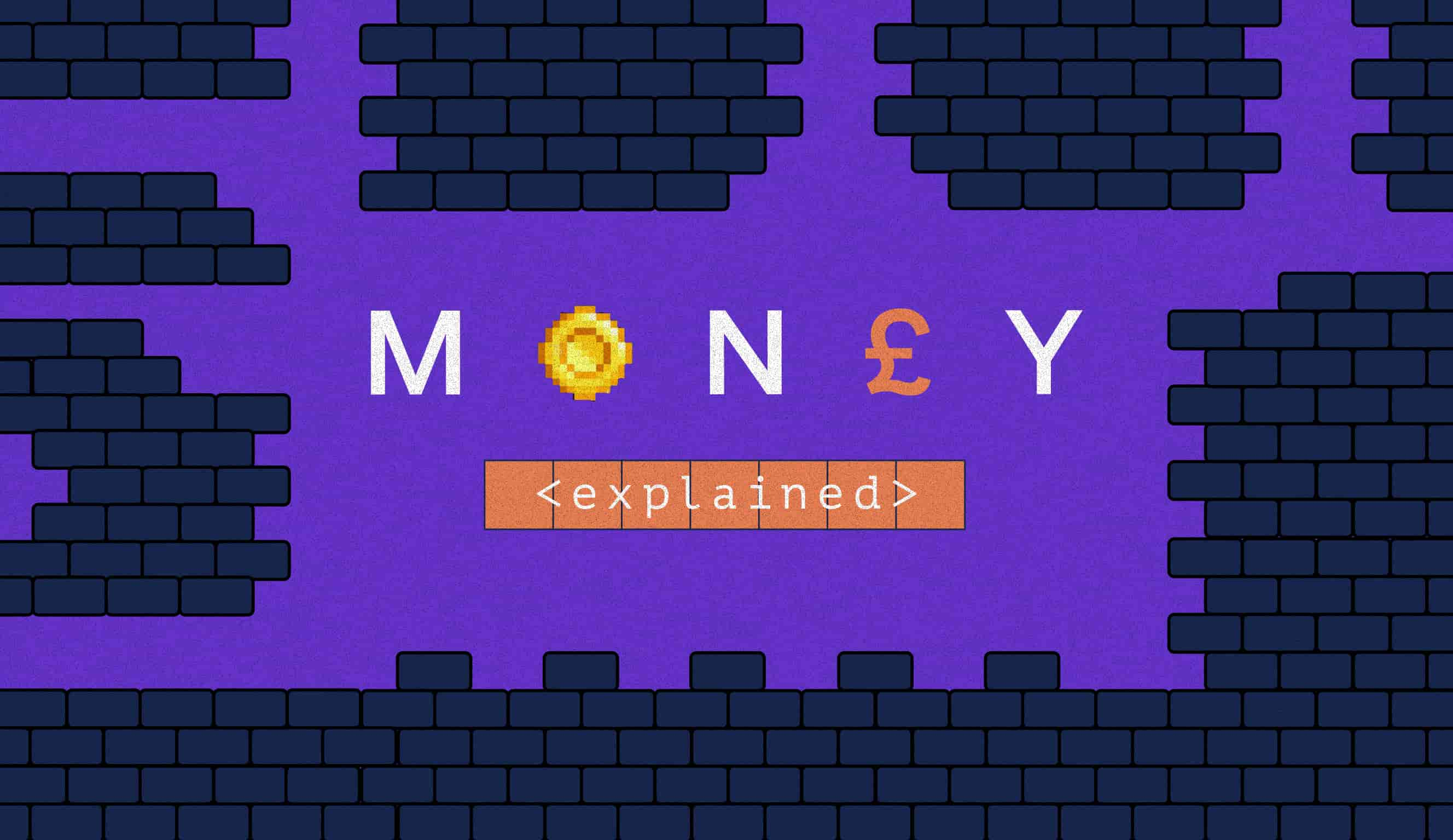
Diamond dollars, magic tokens and virtual gold coins: we take a look at the world of video game currencies and how to navigate it.
Whilst many games are free to play initially, to get fully immersed in the gameplay, you’ll often find you need to use special money at some point. When you want upgrades for your avatar or to enhance your player abilities within a game, you’ll more than likely need to buy video currency.
There are two main types of this special money. One is free to buy and use. The other you need to pay for, using real money, to allow access to your game’s premium options.
Many famous video game brands have their own in-app currencies and with the ever increasing popularity of gaming, it’s unsurprising to see these video currencies working their way up the priority list for children’s pocket money spending and present lists.
But, in a world where we need to be always vigilant about children’s online habits, what’s important to be aware of around video currencies?
Once you enter the world of video currencies, it can be easy to lose track of how much real money is being spent. It can be hard to understand the real value. The question is, how does that affect your child’s understanding of real money?
For example, imagine your 10 year old daughter has 50 virtual gold coins costing £6.49, and 50 virtual diamond dollars costing £5.57, and then they get a £50 Christmas gift from their auntie. Does that make it hard to know what one unit of currency is worth? We made those currencies up, but you get the point.
There’s another video game that has a casino built inside of their virtual world. You use real money to buy video game money and then use that money to buy chips to play in the casino. Does that make it hard to understand the real value of what you’re spending at that table? Does that encourage gambling?
All of this highlights just how important it is, to teach children the value of real world currency outside of gaming. And if they are using video game currencies, for you and them to know how much is really being spent.
To purchase video currencies, you’ll need a debit or credit card. Often, especially with younger children, this means the parent is required to step in to buy on behalf of the child.
Do not save your own card details in the game when buying video currencies. In-app purchasing prompts mean you could find yourself with unexpected charges, if your child doesn’t understand the ease with which a purchase can be made with saved card details.
It’s important to watch out for scams, especially when the carrot being dangled is free ‘money’, or in this case ‘video currency’. It’s very unlikely that you can get video currency ‘free’ from vendors or websites outside the game itself. It’s only the game that can offer the currency. Any offer of ‘free' currency by third party sites is highly likely to be a scam and you should stay well away. Don’t click on those ads or links.
They offer free video currency in return for the user performing an action on the website. This could be filling out a survey or downloading an app. In fact what happens is you or your kids risk downloading viruses or unknowingly giving away their login information and having their accounts hacked.
The Starling Kite debit card, available for children aged 6-15, gives kids the ability to use their own money, whilst still providing the adult with ultimate control over the spending.
The adult controls how much money is sent to the Kite space, and can set daily, weekly or monthly spending limits for their children’s card. This means a child can’t spend any more on gaming than agreed. The adult can also control whether or not Kite can be used online, and will receive real-time notifications of how much and where their child spends their money.
Often in games that are ‘free to play’, you’ll find loot boxes. Players either buy the boxes directly or receive them during play and later need to buy ‘keys’ to redeem them. The boxes and the keys are sometimes purchased with real money. The free game just became a game you pay for.
These loot boxes are like virtual lucky dips. In other words, the player receives a random selection of virtual items which could range from purely cosmetic items with no effect on gameplay such as skins, which are special costumes, through to powerful items which give a gameplay advantage, such as game-changing weapons.
Importantly though, the player has no real control over the items they receive and whether you get something highly valuable or worthless, the loot boxes cost the same price.
The attraction to kids of a surprise box of goodies is obvious. To adults as well. Who doesn’t get a thrill when they unwrap a mystery present? The thing to remember is that loot boxes are pushing all kinds of buttons in the subconscious, and those buttons can encourage kids (and adults) to spend real money.
This is where the water becomes a bit muddied. One question would be: Do loot boxes encourage under-age gambling? Another question: Are loot boxes providing kids with incentives to continue spending until the child gets what they want?
Interestingly, in Belgium and the Netherlands loot boxes have already been declared a form of gambling and been banned.
Read the other articles in our Money Explained series.

Personal finance
15th May 2024
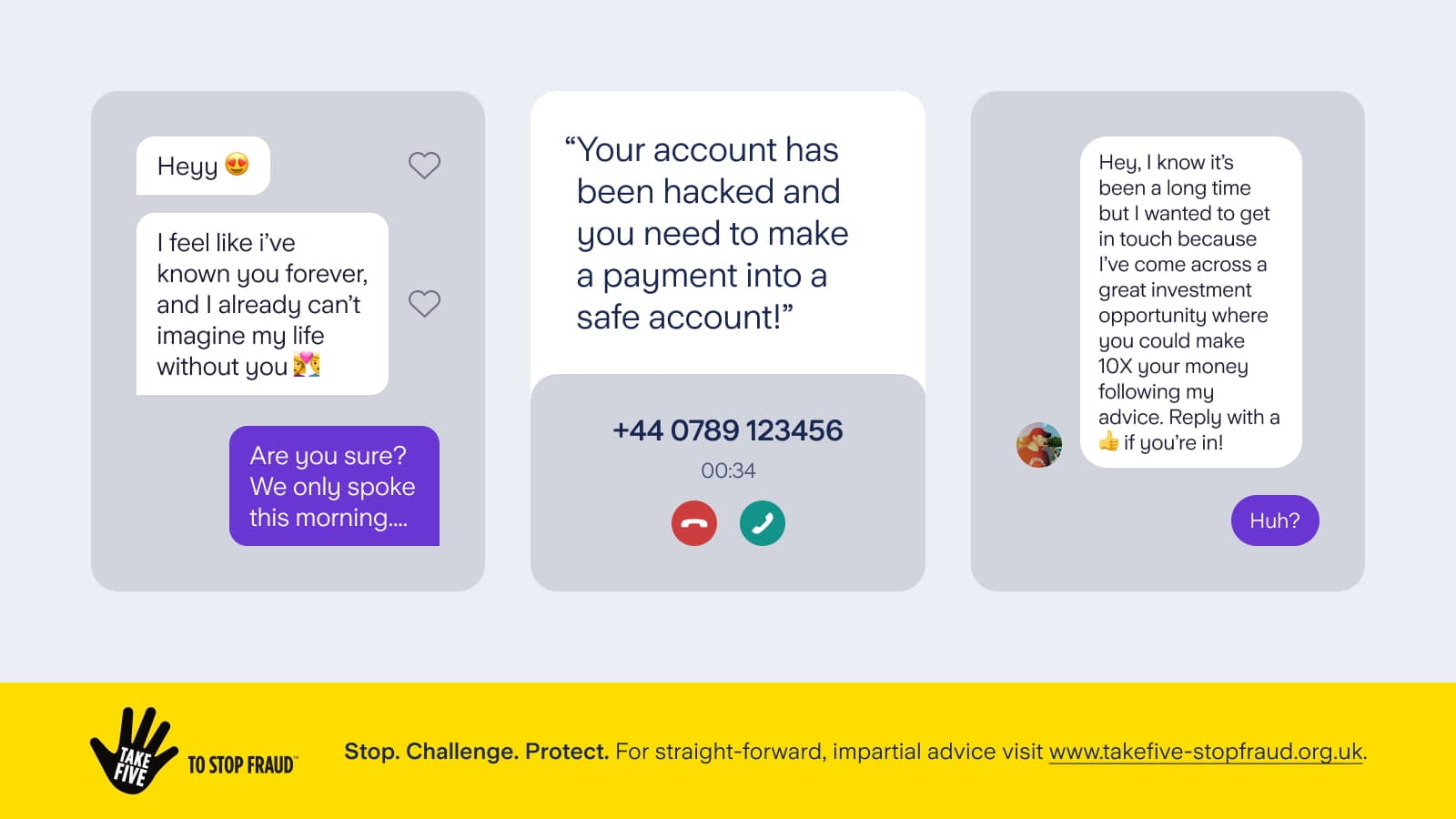
Personal finance
13th May 2024
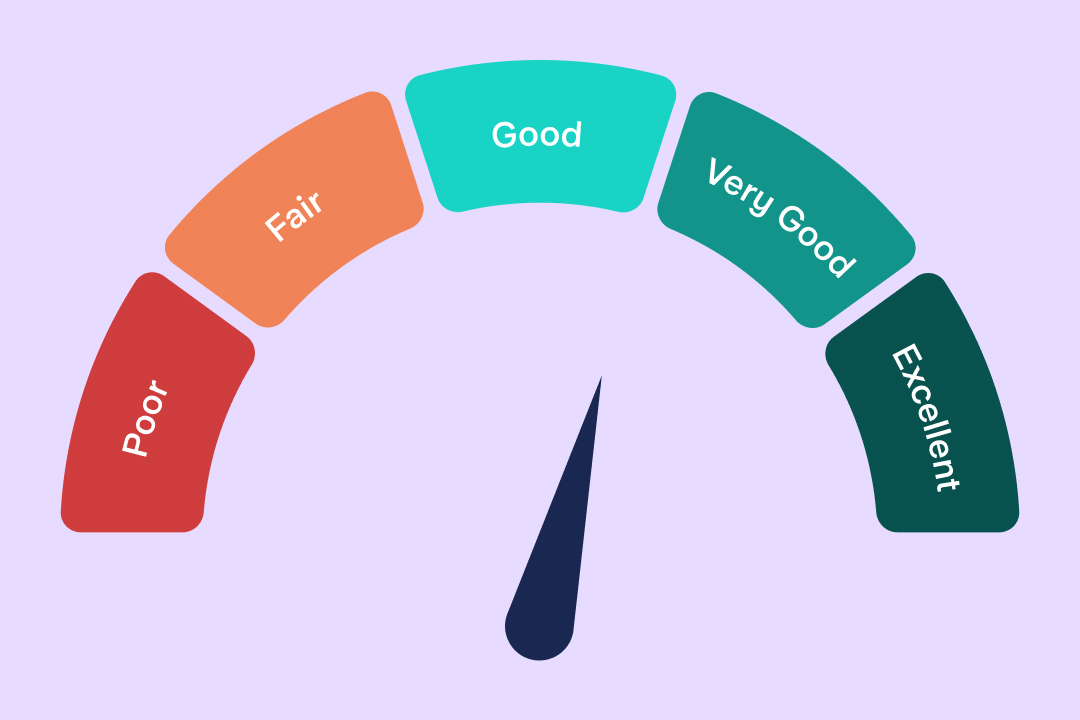
Personal finance
14th March 2024
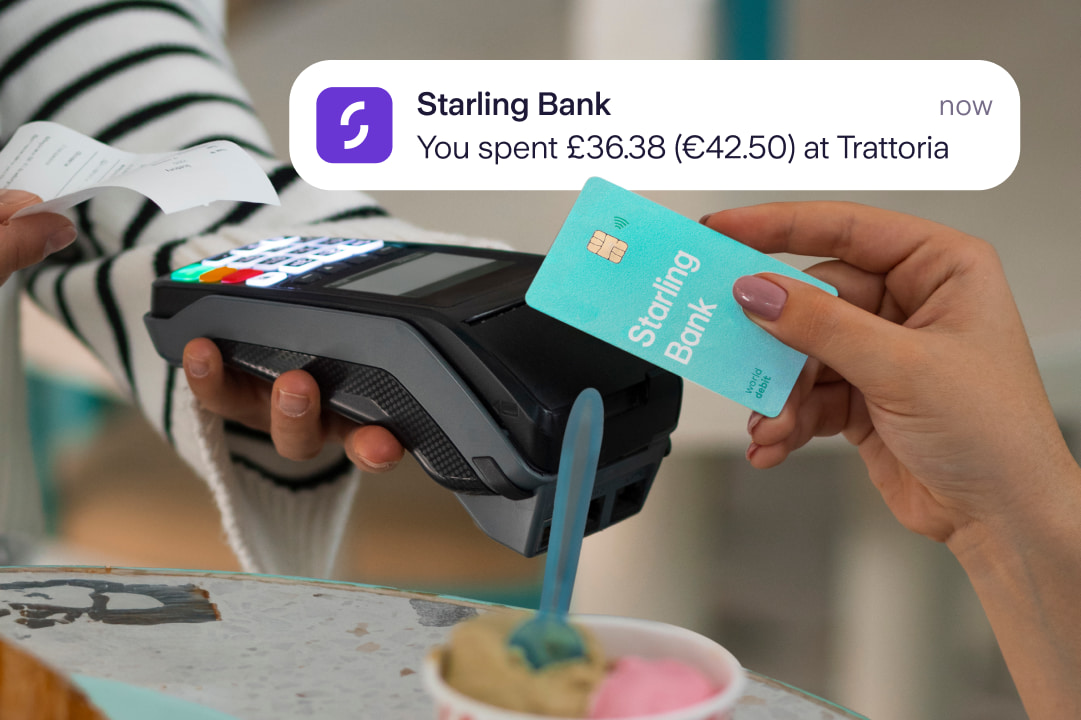
Money Truths
8th July 2025

Money Truths
2nd July 2025
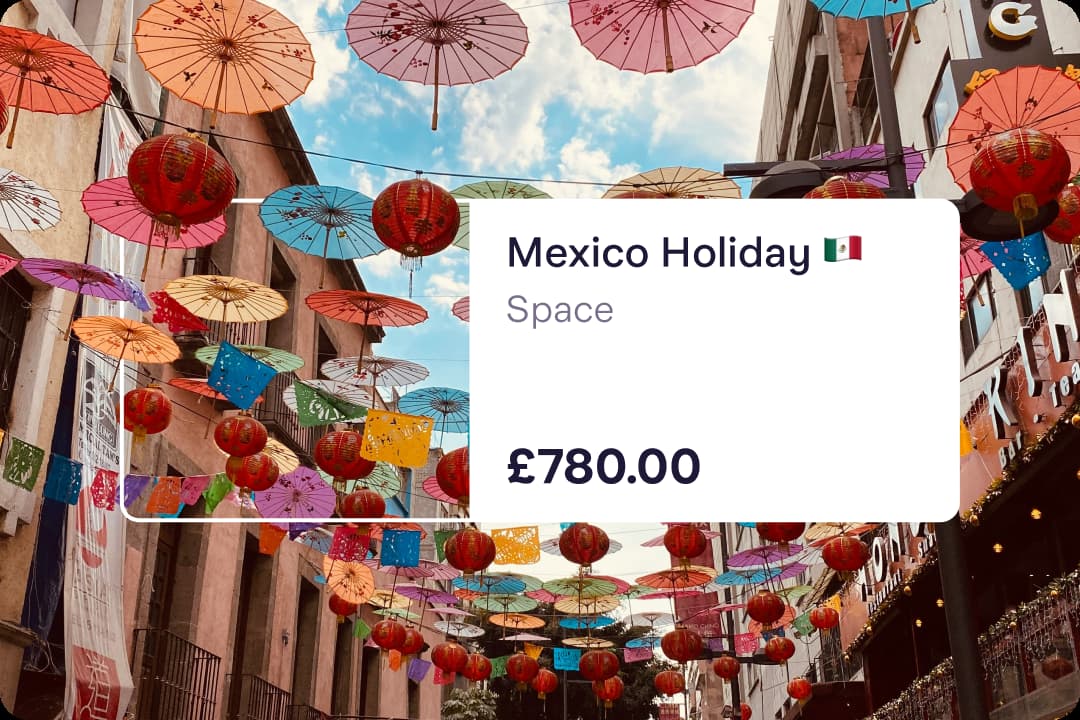
Money Truths
1st July 2025